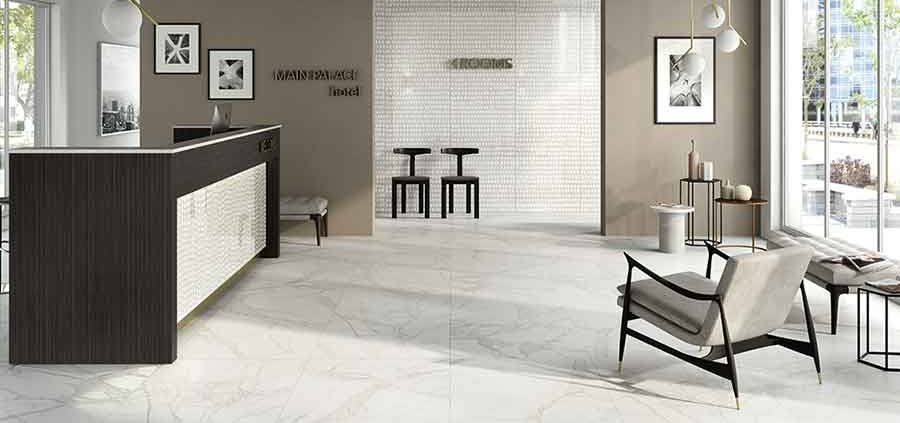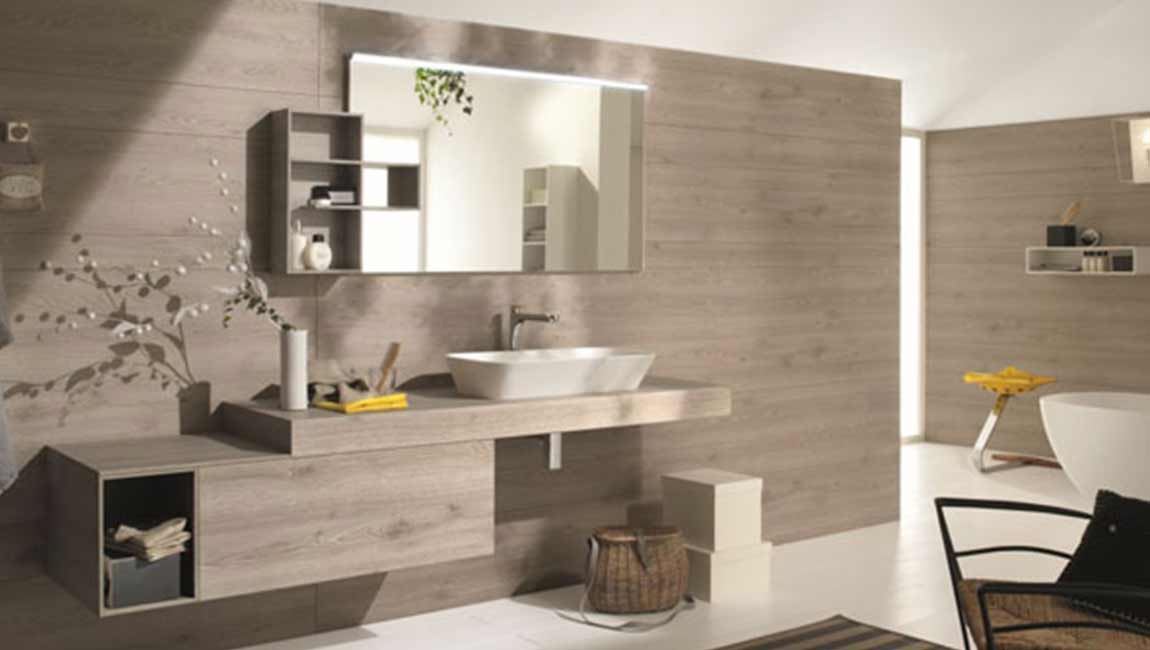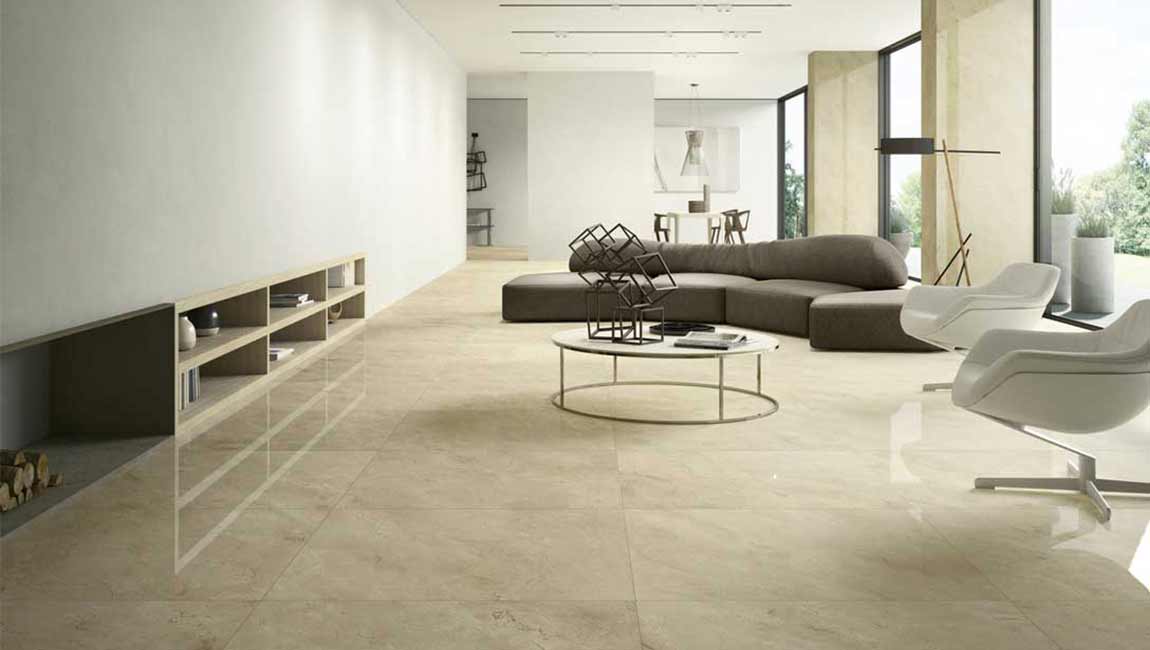How to Clean Marble Tile?
With its attractive colors and veining, it’s no wonder that marble tile is such a popular choice for floors, countertops, and shower stalls. It sometimes gets a bad rap, though, because it’s softer than granite or porcelain, so keeping it clean seems like a major challenge. However, once you know the proper products and techniques to use on marble tile, cleaning it can be a breeze.
Dilute dish soap with warm water. Cleansers that are too acidic can actually damage marble tile, which means you shouldn’t use products with lemon, vinegar, or bleach on it. That’s why a gentle, non-abrasive dish soap, which has a neutral pH, is the best option for cleaning marble. For the best results, mix approximately 8 ounces of warm water with one tablespoon of the soap in a spray bottle or other container. Shake the mixture well, so the two ingredients are mixed. Don’t use an all-purpose cleanser on your tile unless it’s specifically marked as safe for marble.
Apply solution to the marble. If you’re using the dish soap and water solution to clean marble tile on countertops, you can apply it directly from the spray bottle. For floors, use a soft mop to apply to the wood tile. Make sure not to apply too much of the solution to the marble, though — the tile surface should be damp, but there shouldn’t any pools of liquid. If there is any standing water on your marble tile, wipe it up as quickly as possible.
Wipe off tile and thoroughly dry. After you’ve applied the soap and water solution to your marble tile, you need to wipe down the surface to remove any dirt and debris. Use a hot, wet cloth to wipe down any super white tile on your countertops or a mop dampened with hot water for your floors. Next, take a soft, dry towel or mop to thoroughly dry and buff the tile design. Make sure the cloth or mop that you’re using to wipe off the soap isn’t too wet. Wring the material out carefully to prevent too much water from sitting on the marble surface.
Use a dust mop. If you have marble tile on your floor, you may sometimes need to remove dust, dirt, and other debris, such as crumbs or loose subway tile. However, while a vacuum may be the easiest way to clean up this type of mess, you’re better off using a dust mop to clean the floor tile. Vacuum cleaners with worn wheels and metal attachments can easily scratch the tile surface. If you want to use a vacuum on marble tile, check the wheels to make sure that they’re not scuffed or rough in any spots. Don’t use metal attachments either.











